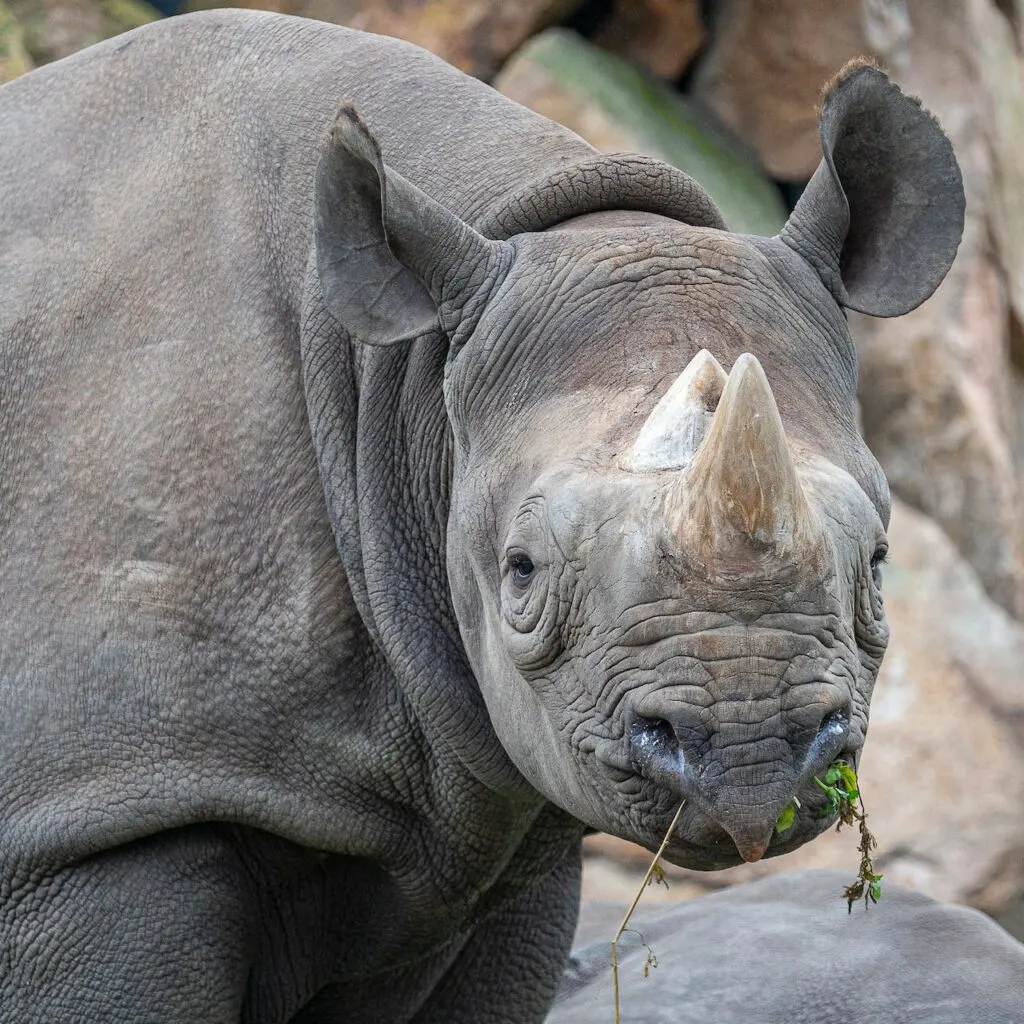In this post we’ll compare two incredibly powerful animals, one apex predator and a tank: the Tiger Vs. Rhino.

Are you a fan of the majestic tiger and its free-roaming nature, or are you more of a rhino enthusiast, captivated by its immense strength and hardy defense mechanisms? Whatever your preference, tigers and rhinos have long been iconic animals that will leave us in awe even after a single glimpse of them in real life.
This article explores the similarities and differences between these two powerful creatures by analyzing their diet, habitat ranges, conservation status, and physical characteristics. Read on for an informational guide about these ancient beasts!
A Comparative Table
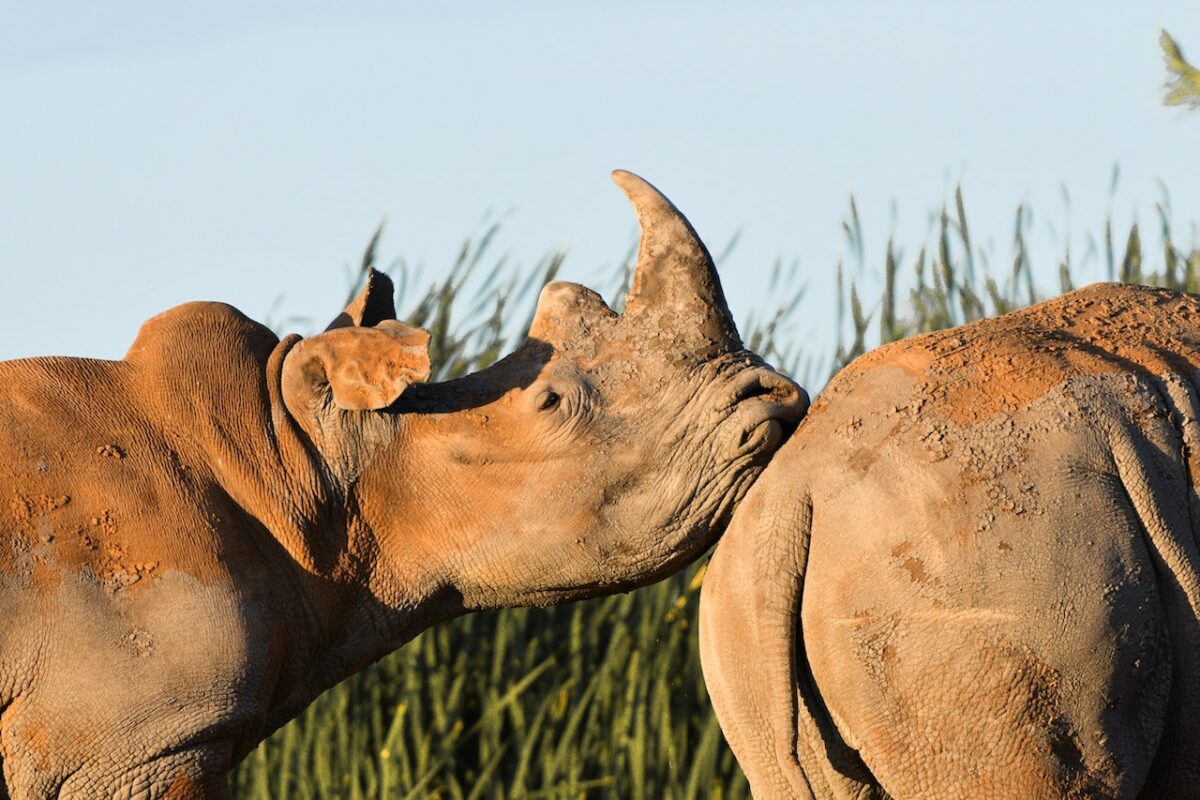
| Traits | Tiger | Rhino |
|---|---|---|
| Anatomical features | Powerful muscles and sharp claws | Thick, armor-like skin and a large horn |
| Habitat | Primarily in Asia | Native to Africa and Asia |
| Diet | Feasts on large mammals such as deer and wild boars | Herbivores that rely on vegetation for sustenance |
| Size and weight | Can weigh up to 600 pounds and measure around 11 feet long | Can reach weights of 4,000-6,000 pounds and lengths of over 14 feet |
| Physical characteristics | Possess infrared vision and powerful sense hearing | Possess infrared vision and are capable of charging up to 40 miles per hour |
Anatomy, Distribution, and Behavior

Tigers and rhinos are both impressive creatures. Both species boast unique anatomical features that help them thrive in their habitats. Tigers, for instance, have powerful muscles and sharp claws that allow them to hunt and take down prey. Meanwhile, rhinos have thick, armor-like skin and a large horn that help them defend themselves against predators.
Regarding habitats, tigers are found primarily in Asia, while rhinos are native to Africa and Asia. Interestingly, both species are solitary creatures, with tigers preferring to hunt alone and rhinos generally only interacting with other rhinos during mating season.
Tiger Vs. Rhino: Size and Weight
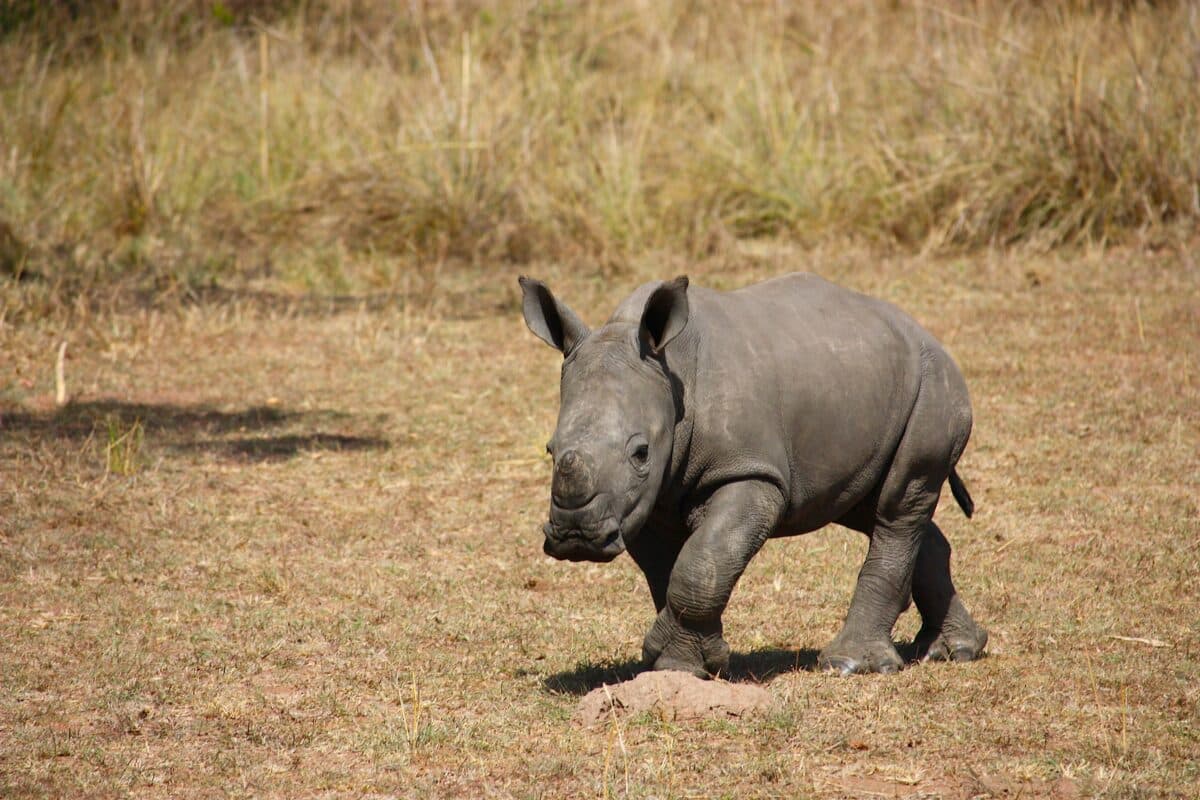
Regarding size and weight, tigers and rhinos are two of the most impressive animals on the planet. Tigers, for instance, can weigh up to 600 pounds and measure around 11 feet long from head to tail.
On the other hand, rhinos can reach weights of 4,000-6,000 pounds and lengths of over 14 feet. What’s fascinating about these two species is that they are members of the same family, despite their distinct sizes and weights.
Tigers have a sleek and agile body that is built for hunting. They are also one of the tallest cats in the world, with a shoulder height of around 3.3 feet. On the other hand, Rhinos have a stocky build designed for defense. They are almost twice as tall as the tiger and measure 6.5 feet at the withers.
When comparing the weight and size of tigers and rhinos, it’s clear that rhinos are much larger and heavier than tigers. While tigers are agile hunters, rhinos are built to be sturdy and robust. However, both animals are impressive in their own right and play important roles in their respective ecosystems.
Habitat

Rhinoceros are large herbivorous animals that are adapted to a variety of habitats. Depending on the species (there’s two African species and three Asian species), rhinos can be found in grasslands, savannas, and dense forests. They require a habitat with plenty of vegetation and access to water sources, as they drink regularly and eat a lot of plant material.
Rhinos are also known to wallow in mud, which helps cool them down and protect their skin from insects and parasites. Tragically, due to habitat loss and poaching, rhino populations have declined drastically in recent years. As a result, most remaining populations are found in protected areas such as national parks and reserves.
Tigers are a bit more picky when it comes to habitat preferences as they are apex predators and require a specific habitat to thrive. They primarily inhabit dense tropical forests, swamps, and grasslands. Moreover, they need a lot of space to roam and hunt, as they are solitary animals that require large territories to meet their needs.
Just like rhinos, they also require access to water sources, as they need to drink regularly and cool off in hot weather. Similarly they also face threats of poaching and habitat loss.
Diet
Rhinos are herbivores, which means that they mainly feed on plants. They are known to eat a variety of vegetation, including grasses, leaves, shoots, branches, and fruits. Black rhinos are known to prefer eating leaves and woody plants, while white rhinos are more likely to graze on grasses.
They have a specialized digestive system that allows them to break down the tough plant material and extract the nutrients they need. Moreover, they have a large stomach with several compartments, which allows them to digest their food slowly over a period of time.
In contrast, Tigers are carnivores, which means that they primarily eat meat. They are apex predators and are capable of hunting a wide range of prey, including deer, wild boar, buffalo, and even smaller predators like leopards and crocodiles. As previously stated, they are solitary hunters and rely on stealth and strength to take down their prey. To make them skilled hunters they have sharp teeth and powerful jaws that enable them to tear through the flesh and bones of their prey.
As you can see, the diet of the rhinoceros and tiger are very different. While rhinos are herbivores and eat plants, tigers are carnivores and eat meat. Both animals play important roles in their ecosystems, with rhinos as important seed dispersers and grazers and tigers as apex predators that help control populations of herbivores.
Tiger Vs. Rhino: Similarities
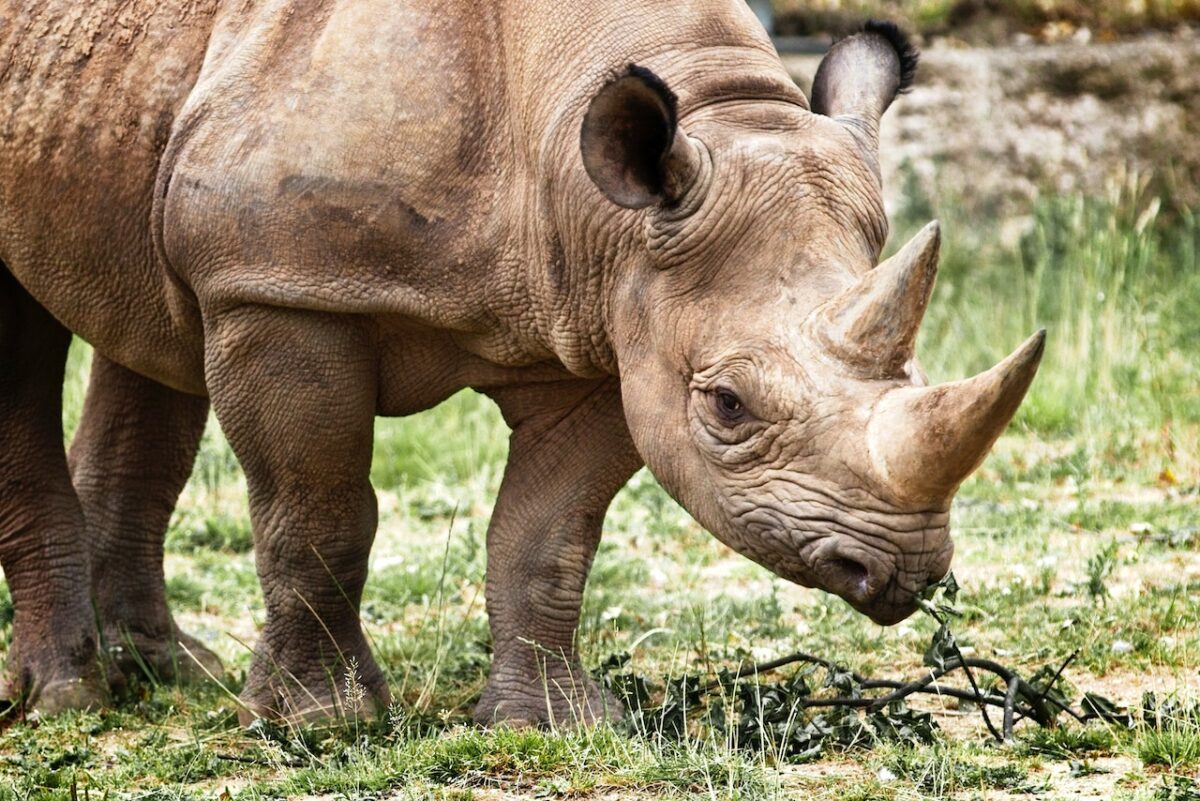
Several physical characteristics shared by both tigers and rhinos make them even more impressive creatures than first thought. For instance, both animals possess infrared vision, which means they can see better during hours when light is scarce, enabling them to find food at night more effectively than most other animals due to this unique adaptation.
For example, both animals have thick, tough skin that helps protect them from their environments and potential predators. Additionally, tigers and rhinos are solitary animals that only come together during mating season.
Furthermore, both animals are capable of impressive feats of strength, with tigers able to take down prey much larger than themselves and rhinos capable of charging up to 40 miles per hour.
Similarly, tigers also have powerful hearing, which helps them detect danger, sometimes approaching 1.2 miles away! Ultimately the tiger and rhino make for some truly fascinating beasts with extraordinary physical features despite being so different in numerous ways.
Tiger Vs. Rhino: Life Expectancy
When it comes to lifespan and life expectancy, however, these two animals have some significant differences.
Also, Tigers typically live in the wild for 10-15 years, while their captive counterparts can live up to 20 years or more. On the other hand, rhinos can live for up to 50 years in the wild and even longer in captivity.
While the reasons for these differences are unclear, habitat destruction, poaching, and disease may contribute to the shorter lifespan of tigers in the wild. By contrast, rhinos have a more stable population and are heavily protected, which may contribute to their longer lifespan
Conclusion
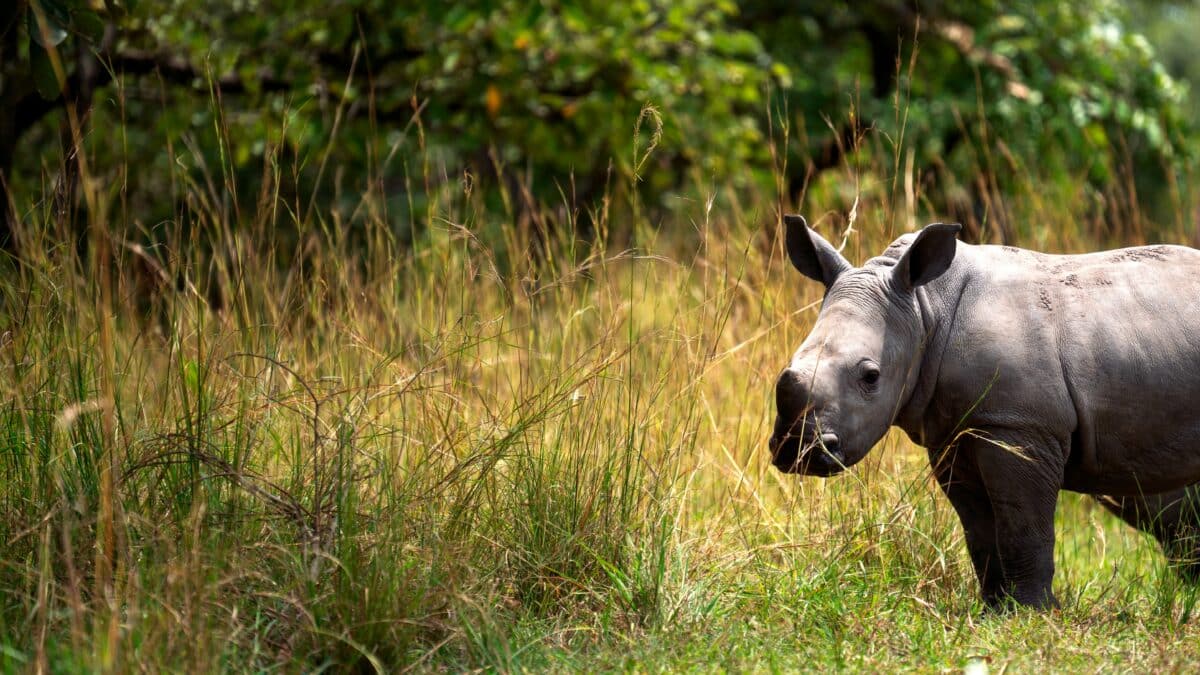
To conclude, tigers and rhinos are two of the most naturally powerful animals in the world. Despite their differences in size and strength, they still share essential characteristics such as having infrared vision and incredibly thick skin.
One key difference between these two animals is their life expectancy; the average lifespan of a tiger is 25 years old, while the average age of a Rhino is 40 years old.
Seeing as both animals are facing declines in their population due to poaching and human interference, it’s important to appreciate their presence in our world today before they become extinct. By understanding more about tigers and rhinos, we can strive to ensure their survival by protecting the habitats that support them.
Thank you for reading this article about the Tiger Vs. Rhino! Do you feel like seeing the tiger in another battle? Or maybe this has spiked your interest in rhinos, then check out our post on safaris where you can see this tank of an animal in real life.
- Octopus Stuck to Diver’s Back and Won’t Come Off - April 25, 2024
- Magpie Bird Is Reunited with Her Dog Best Friend - April 24, 2024
- Dog Saves Another Dog From Drowning in Fish Pond - April 23, 2024

